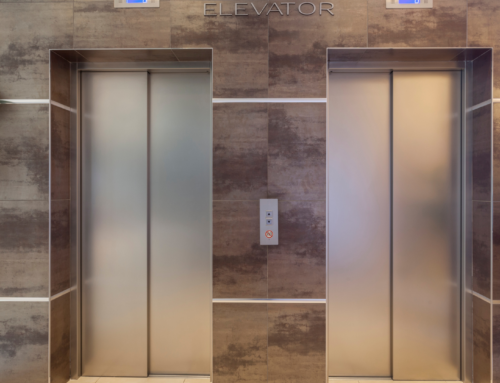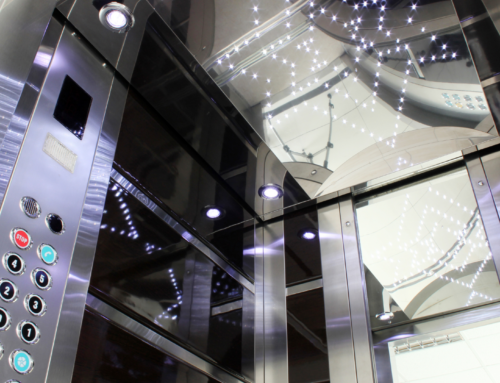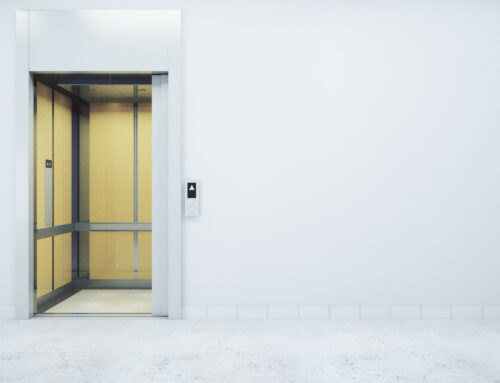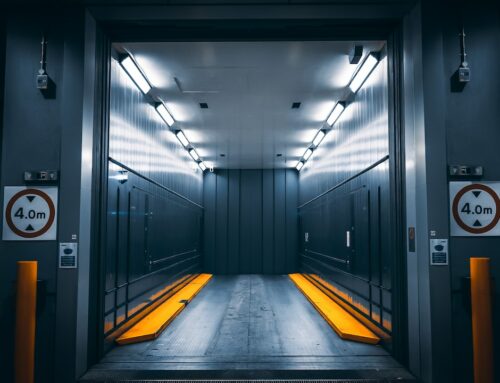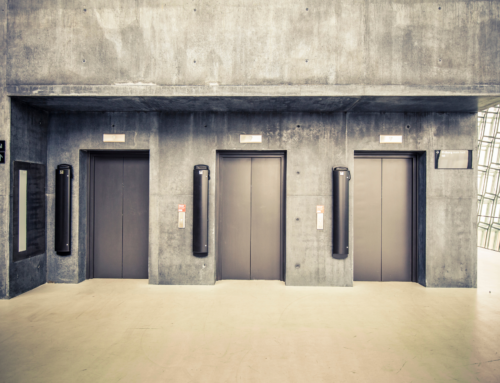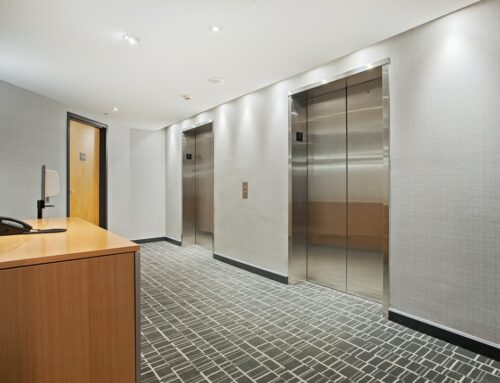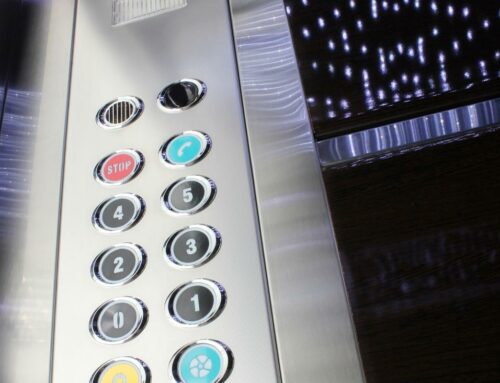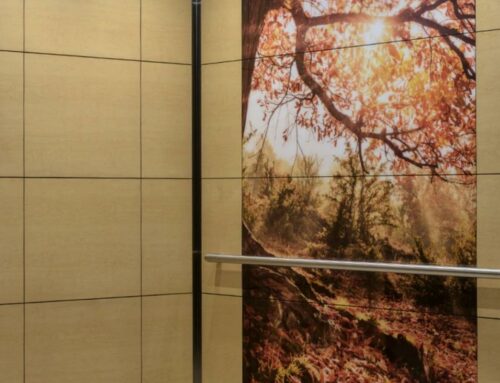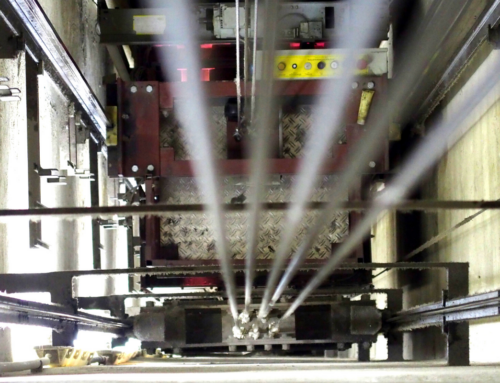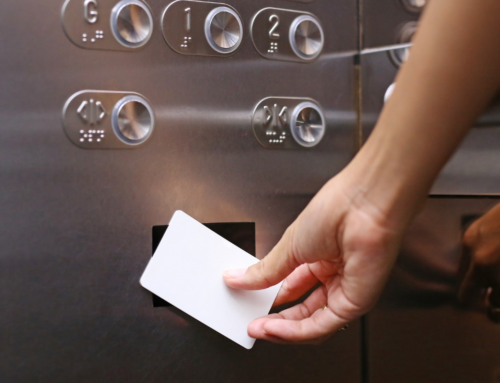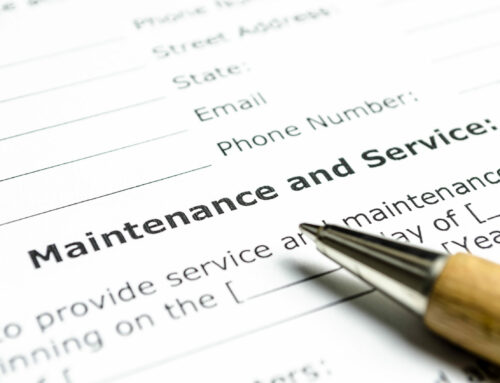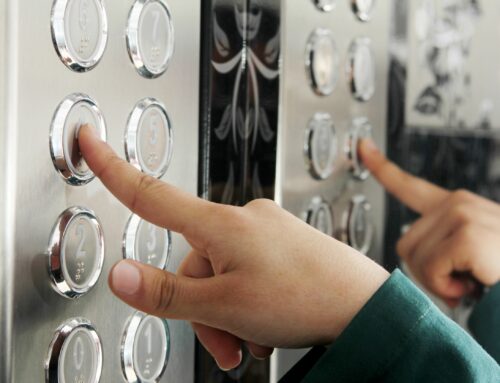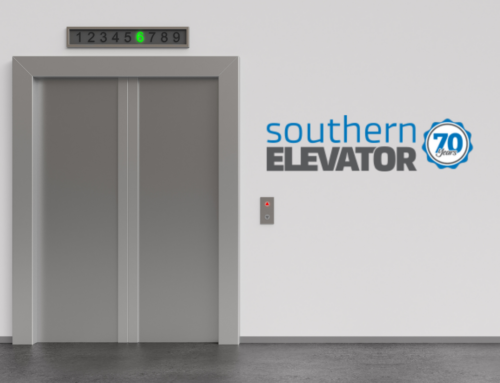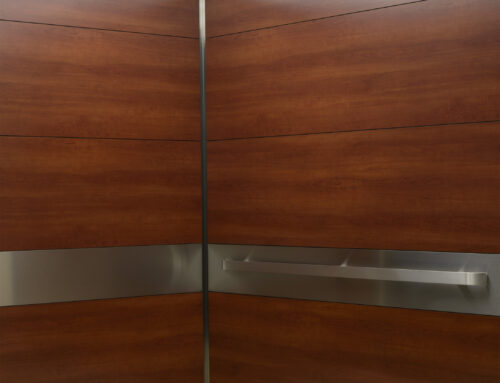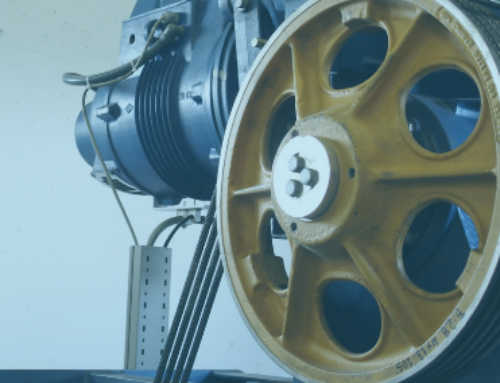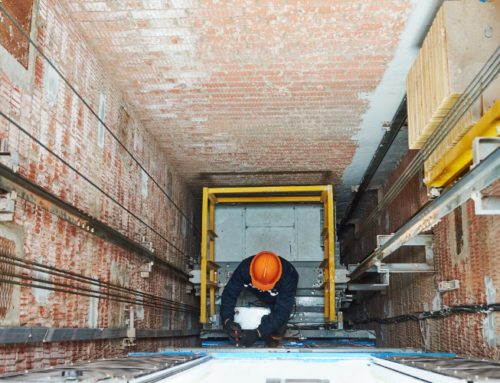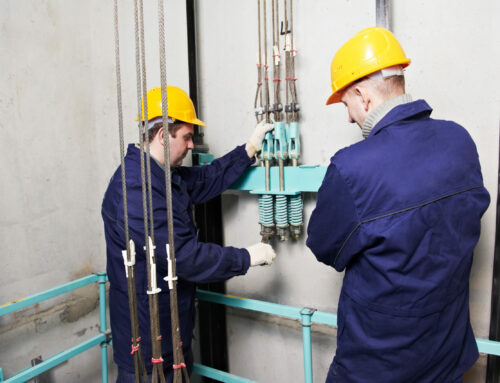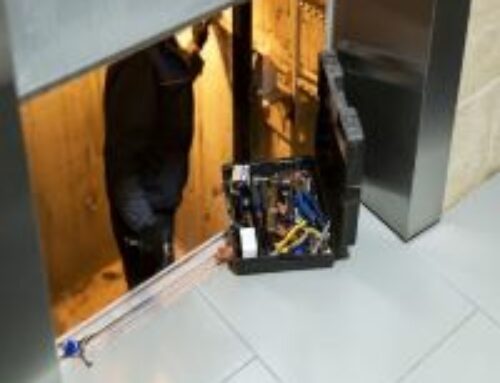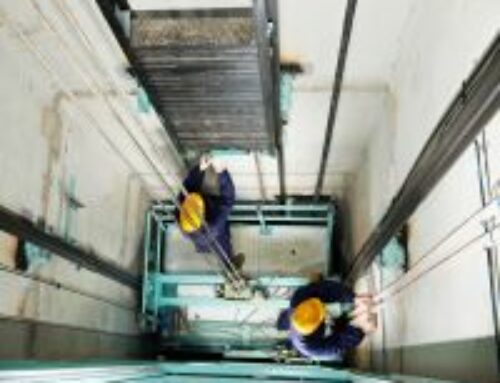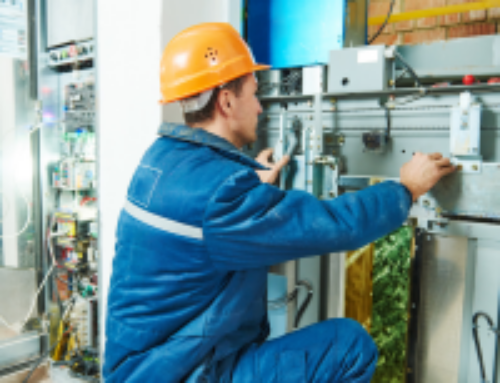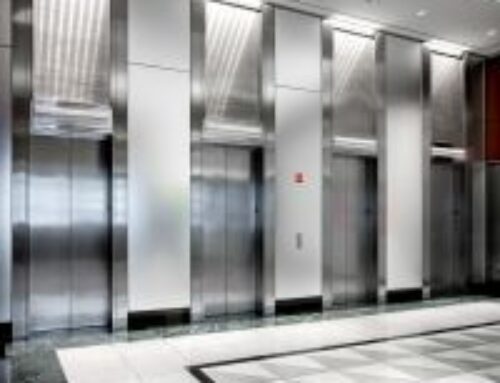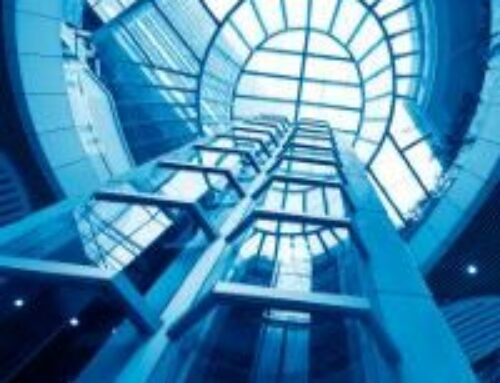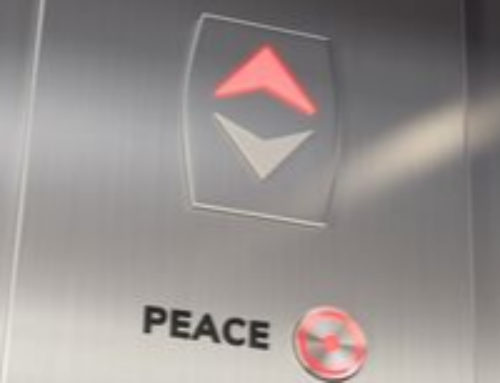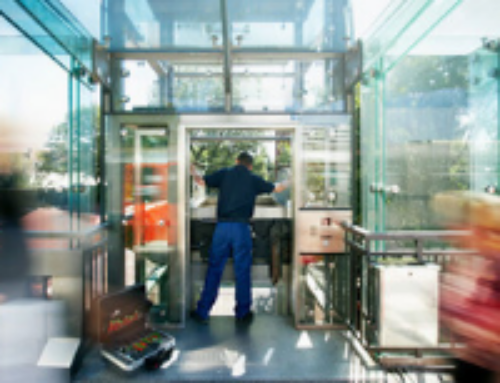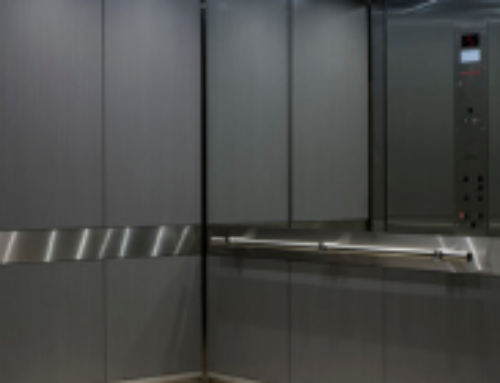Many buildings rely on elevators every day, but keeping them running smoothly can be a challenge. Innovators are changing the game with technology that reduces waiting times for users.
Our article will show you how smart technologies are solving common elevator servicing problems. Keep reading to learn more!
Current Issues with Elevator Servicing
Current issues with elevator servicing can lead to customer dissatisfaction and limited availability of 24/7 service. Mixed reviews from customers highlight the need for improved focus on customer needs in the elevator servicing industry.
Lack of focus on customer needs
Elevator servicing often overlooks the critical aspect of customer satisfaction, focusing more on technical details than on what clients really need. This gap in service leads to frustration and dissatisfaction among commercial property managers who depend on efficient and reliable elevator systems for their buildings’ operations. Client needs should drive elevator maintenance strategies, not just mechanical servicing.
Service quality suffers when there is no alignment between the maintenance work being done and the actual requirements of those using the elevators daily. Elevator technology advancements have significantly improved equipment upkeep, yet there’s a pressing need for a client-centric approach that prioritizes user experience above all else.
Limited availability of 24/7 service
Many commercial property managers face the challenge of limited round-the-clock maintenance for elevators. This gap in service can lead to significant downtime, especially when issues arise outside of standard business hours.
Without 24/7 support, a simple malfunction could disrupt operations, affecting tenants and customers. KONE’s 24/7 Connected Services steps in by offering predictive maintenance and real-time monitoring.
These technologies detect issues before they escalate, ensuring elevators remain operational day and night.
Emergency elevator support becomes crucial during unexpected breakdowns. Modern technology used in these services not only identifies potential problems but also extends the equipment’s lifespan through advanced fault detection and proactive maintenance solutions.
As we move towards integrating smarter technologies in elevator servicing, the focus shifts towards minimizing disruptions and maximizing efficiency across all hours.
Mixed reviews from customers
Moving from the challenge of limited availability of 24/7 service, we encounter another significant hurdle: mixed reviews from customers. Feedback on elevator maintenance reveals a diverse range of experiences.
While some commend the advancements in smart technology and IoT connectivity for elevating their building’s functionality, others voice concerns over reliability and effectiveness.
This variance highlights a pressing need for consistent quality in digital services and technology application across the board.
Customers also share differing opinions on recent elevator technology advances, particularly regarding tall building development and design. Innovations like Elevator Destination Control, Intelligent Elevator Dispatch, and Energy-efficient Systems are transforming how we think about vertical transportation.
Yet, these changes haven’t been met with universal praise. As commercial property managers navigate these waters, understanding this broad spectrum of customer feedback becomes essential to addressing concerns and harnessing the full potential of new technological solutions in elevator servicing.
The Rise of Smart Technologies in Elevator Servicing
Smart technologies are revolutionizing elevator servicing, enabling 24/7 monitoring, remote diagnostics, and advanced management systems. These innovations streamline maintenance processes, predict potential issues, and enhance safety and security measures.
Implementation of 24/7 monitoring
Implementing 24/7 monitoring allows for continuous real-time tracking of elevator performance, ensuring that any potential issues are immediately identified and addressed. This proactive maintenance approach not only minimizes downtime but also enhances the overall safety and reliability of elevator systems.
By leveraging connected predictive maintenance and monitoring solutions, commercial property managers can effectively optimize their elevator servicing strategies to meet the evolving needs of tenants and visitors. Continuous monitoring through 24/7 implementation enables us to stay ahead of potential issues, providing a seamless experience for all our building occupants.
Remote diagnostics and predictive maintenance
Smart technologies have revolutionized elevator servicing by enabling remote diagnostics and predictive maintenance. With the implementation of IoT devices, elevators can be remotely monitored for performance tracking and condition monitoring.
Predictive analytics help in the collection of data to predict maintenance needs, leading to increased efficiency and cost savings. The innovative use of artificial intelligence underpins the shift from traditional maintenance to predictive maintenance, ensuring timely interventions and optimized elevator servicing for commercial property managers.
KONE’s successful integration of smart elevator technologies, including AI and machine learning, showcases the benefits of embracing remote diagnostics and predictive maintenance systems.
Advanced elevator management systems
Advanced elevator management systems utilize IoT-enabled sensors and software to create an interconnected network that optimizes elevator operations in real-time. These systems employ advanced algorithms, AI, and ML to analyze data for efficiency optimization and reduced waiting times.
Innovative technologies such as Destination Control Systems and Energy-efficient Elevator Systems are revolutionizing the way elevator servicing is conducted, leading to significant improvements in safety and performance.
With the smart elevator market expected to reach USD 50.3 Billion by 2032 at a CAGR of 9.4%, it’s crucial for commercial property managers to embrace these advancements for enhanced building functionality and improved tenant satisfaction levels.
This new wave of technology enables proactive maintenance strategies through predictive analytics, minimizing downtime and service disruptions while ensuring smoother traffic flow within buildings.
Benefits of Smart Technologies in Elevator Servicing
Smart technologies in elevator servicing improve customer experience, increase efficiency and cost savings, and enhance safety and security measures. To explore the full range of benefits these innovations offer, read more about the future of elevator servicing.
Improved customer experience
Smart elevator and escalator solutions, underpinned by IoT technology, significantly improve usage efficiency and reduce wait times. These technological advancements ultimately enhance the overall customer experience.
IoT-powered elevators offer benefits such as enhanced safety measures, reduced shutdowns, and efficient maintenance, all contributing to an improved customer experience. Furthermore, smart elevators are designed to optimize passenger traffic, decrease wait times, and enhance safety and security measures.
These aspects collectively work toward improving the overall customer experience in commercial properties.
Increased efficiency and cost savings
Smart technologies in elevator servicing bring increased efficiency and cost savings for commercial property managers. Predictive maintenance through IoT integration allows for remote monitoring and maintenance optimization, reducing the frequency of costly repairs and ensuring modernization benefits.
Elevator modernization is crucial as it saves money by making newer technologies more efficient than their older counterparts. Additionally, advanced technology reduces energy consumption, contributing to cost-effective solutions and enhancing efficiency enhancements.
The incorporation of advanced technology not only ensures a streamlined management process but also paves the way for significant savings on operational costs over time. The use of smart building solutions underpins these aims, offering tailored approaches towards energy conservation and sustainability within the realm of elevator servicing.
Enhanced safety and security measures
Smart elevator technologies are upgrading building security systems and implementing advanced security measures. These upgrades include enhanced safety features, providing increased security for passengers and buildings.
IoT-powered elevators offer better safety and security for both passengers and the building, making them a feasible solution to increase the appeal of tall buildings through improved elevator safety features.
Modern elevator technology ensures that elevators can share and generate data with other systems to improve overall safety measures, aligning with the future of elevator servicing.
Upgrading elevators with new technology can lead to better safety measures as well as improved maintenance procedures. Intelligent elevator systems not only offer enhanced passenger safety but also contribute to overall building security.
The Future of Elevator Servicing
The Future of Elevator Servicing sees the integration of artificial intelligence and Internet of Things, the development of self-maintenance capabilities, and an evolution in elevator design and construction.
Incorporating sustainability is crucial for the future.
Integration of artificial intelligence and Internet of Things
Artificial intelligence and Internet of Things (IoT) are being integrated into elevator systems to enhance their performance. Elevators equipped with AI can analyze data in real-time, predicting maintenance needs and detecting potential issues before they occur.
Meanwhile, IoT-enabled elevators leverages connected infrastructure to improve passenger experience, monitor elevator functions, and prioritize safety measures through advanced sensor systems.
These advancements contribute to efficient vertical mobility while ensuring enhanced safety features within smart buildings.
The integration of artificial intelligence and Internet of Things has considerably optimized elevator servicing by enabling predictive maintenance through machine learning algorithms.
Development of self-maintenance capabilities
Elevator servicing is on the brink of a major transformation with the development of self-maintenance capabilities. This innovation promises to revolutionize the industry by enabling elevators to conduct their maintenance and repairs.
By integrating smart technologies, such as sensors and predictive maintenance systems, elevators will be able to detect issues early on and even perform basic maintenance tasks independently.
This advancement holds the potential to minimize downtime, reduce repair costs, and ensure a more reliable elevator system for commercial property managers.
Moreover, leveraging this technology can lead to increased operational efficiency and lower long-term maintenance costs. Self-maintenance capabilities are anticipated to significantly improve user experience while reducing the workload for technicians.
Evolution of elevator design and construction
Elevator design and construction have drastically evolved over the years, keeping pace with urban development and technological advancements. From manual operation to smart elevators equipped with advanced sensors and control systems, the vertical transportation sector has seen unparalleled growth.
Highrise buildings now boast intricate lift configurations tailored for building access and vertical mobility needs. These designs not only address the complexities of modern urban structures but also prioritize safety, energy efficiency, and sustainability in their construction.
As we look at the future of elevator servicing, it’s clear that innovation in elevator design will continue to be a driving force in transforming building access. The integration of artificial intelligence and IoT is set to unlock even more secrets of the industry.
Importance of incorporating sustainability
The sustainability of elevator technologies is crucial in the modern era of smart building solutions. Buildings account for 40% of global energy consumption, and sustainable elevators play a pivotal role in reducing this figure.
Implementing eco-friendly elevators equipped with energy-saving features not only enhances sustainability but also contributes to the overall efficiency and cost savings for commercial property managers.
The development of green mobility solutions through advanced elevator management systems underpins the future direction of elevator servicing towards environmental sustainability, aligning with the evolving landscape of smart technologies in modern buildings.
Contact Southern Elevator for Elevator Servicing
The future of elevator servicing embraces smart technologies and innovations. Elevator technology is evolving rapidly, integrating AI-powered systems, facial recognition, and IoT for more efficient and secure operations.
The benefits are clear: improved customer experience, enhanced safety measures, cost savings, and sustainability. As commercial property managers navigate the ever-changing demands of modern buildings, it’s essential to incorporate these advancements into elevator management practices.
Contact Southern Elevator today to learn how we provide superior customer service in the industry!
FAQs
1. How are smart technologies changing elevator servicing?
Smart technologies are revolutionizing elevator servicing by enabling predictive maintenance, real-time monitoring, and remote diagnostics.
2. What are the benefits of using smart technologies in elevator servicing?
The use of smart technologies in elevator servicing can lead to improved safety, reduced downtime, proactive issue resolution, and overall cost savings.
3. Will traditional elevators be replaced by smart elevators in the future?
While traditional elevators will still have a place, smart elevators with advanced features like destination dispatching and energy efficiency are expected to become more prevalent in the future.
4. How do innovations contribute to elevator safety?
Innovations such as enhanced sensors, emergency communication systems, and self-diagnosing capabilities contribute to improved safety standards for elevators.
5. What role do IoT (Internet of Things) devices play in modernizing elevator servicing?
IoT devices play a crucial role by connecting elevators to centralized systems for data analysis, predictive maintenance scheduling, and performance optimization.

Christopher Short leads Southern Elevator, focusing on innovative and reliable elevator solutions. With a deep understanding of elevator technology and a commitment to safety and efficiency, Christopher ensures that Southern Elevator offers services that meet the modern demands of buildings and their occupants. The company is dedicated to improving the functionality and safety of elevators, sharing insights into maintenance best practices and technological advancements in the elevator industry.


